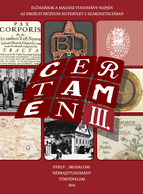
Rövidítésjegyzék és mutatók
The file contains the abreviations used both in the article and in the indexes and the indexes of the names, of the geographical places and of the institutions that are to be found in the articles.
More...We kindly inform you that, as long as the subject affiliation of our 300.000+ articles is in progress, you might get unsufficient or no results on your third level or second level search. In this case, please broaden your search criteria.

The file contains the abreviations used both in the article and in the indexes and the indexes of the names, of the geographical places and of the institutions that are to be found in the articles.
More...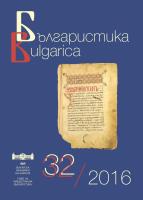
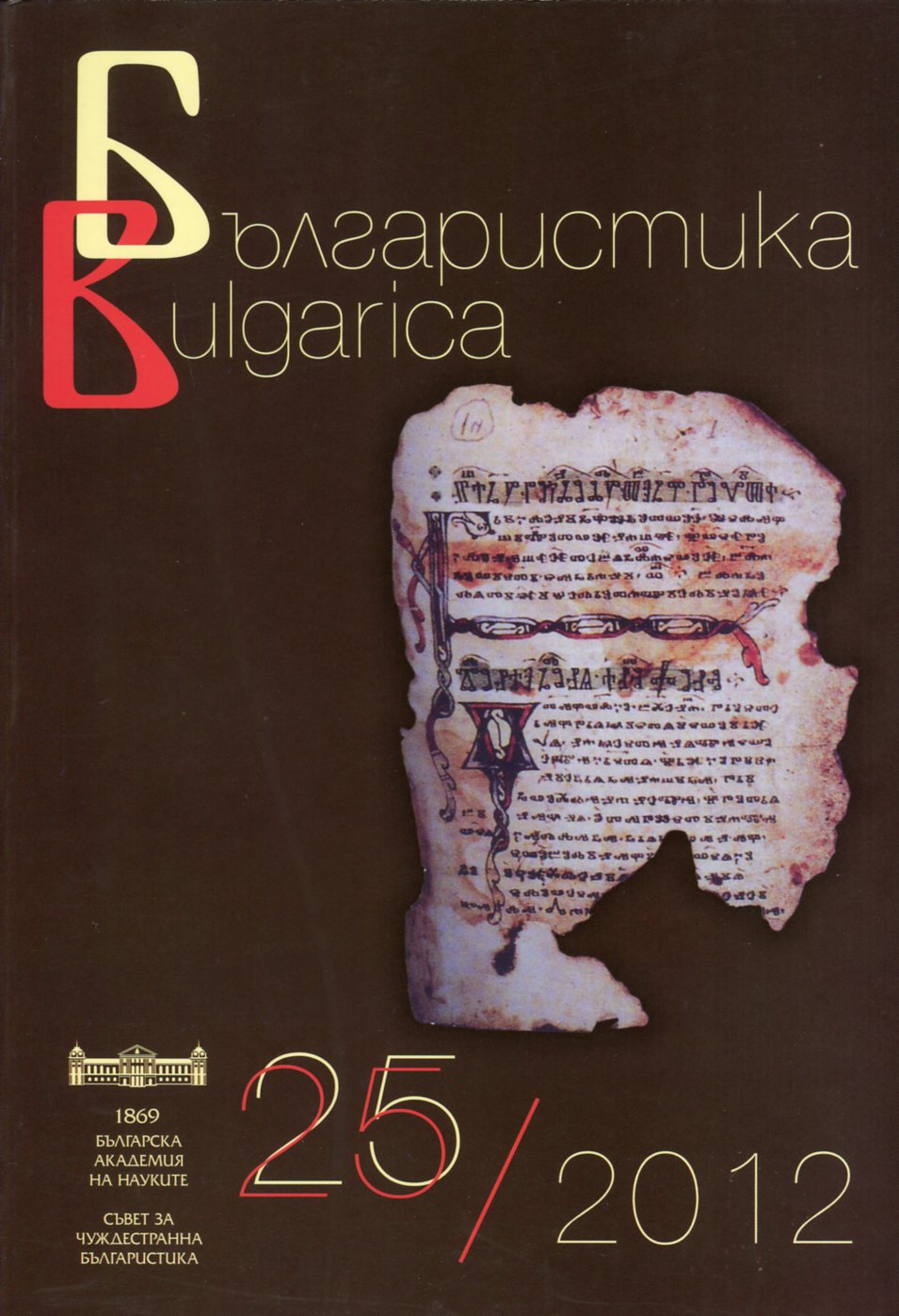
Selected bibliography in the field of Bulgarian Studies published in the current year
More...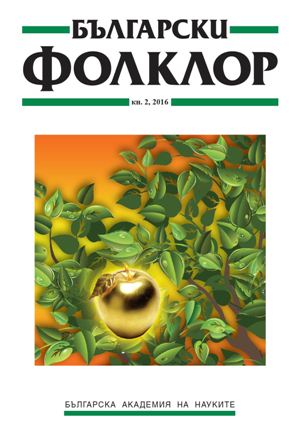
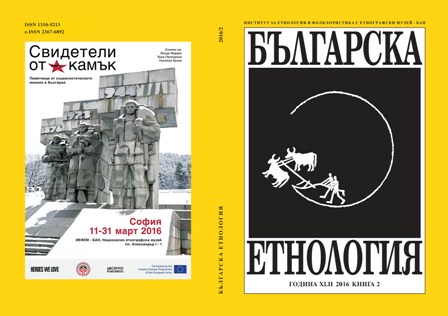
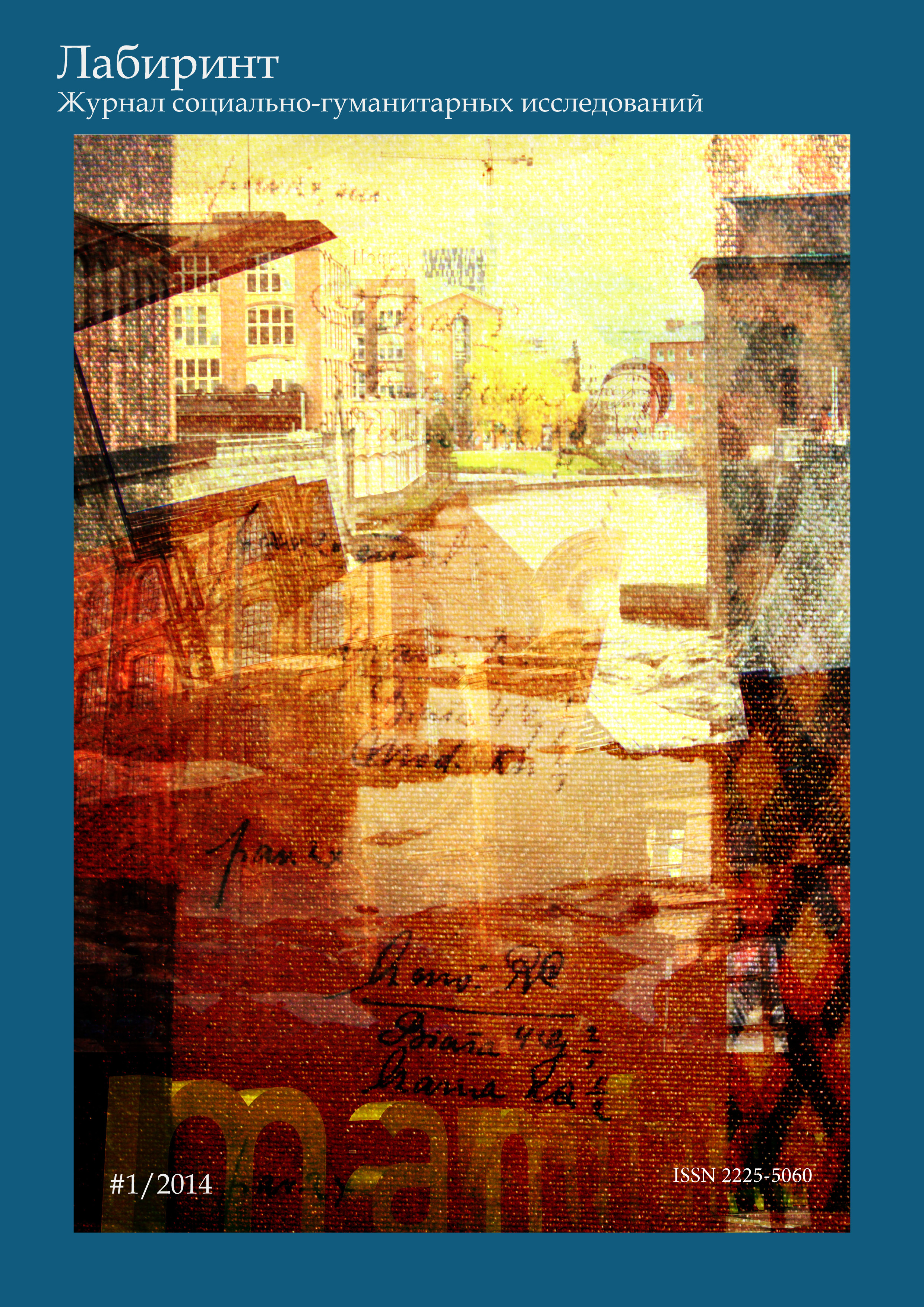
The article is devoted to the features of Ivanovo- Voznesensk industrial development at the turn of the 20th century. It was one of the biggest industrial centers in pre revolutionary Russia. The problem and potential analysis of the local textile industry is made. Also it was studied in the connection with Ivanovo- Voznesensk professional schools activities research. Ivanovo-Voznesensk had more professional schools than contiguous cities.
More...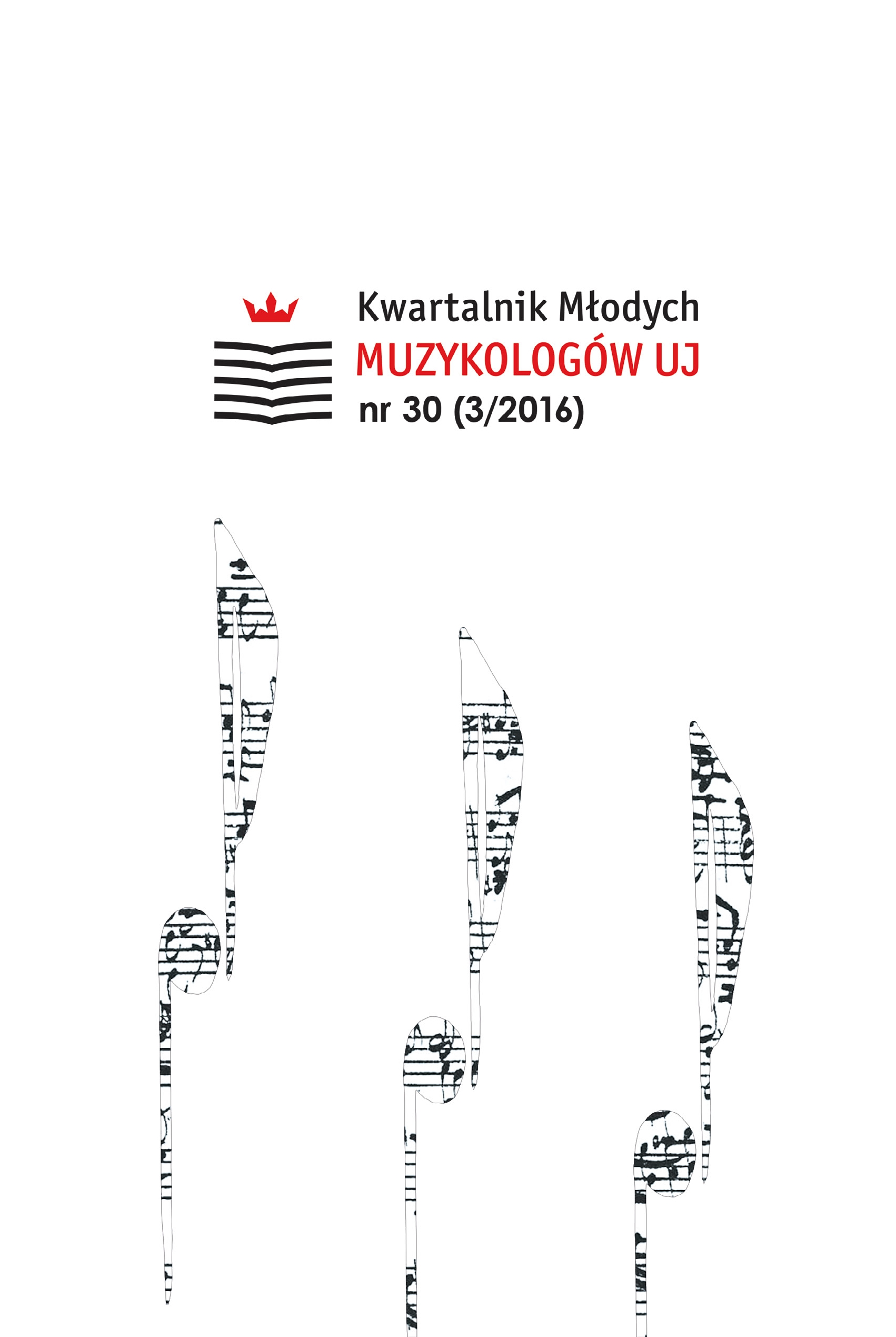
The culture of Georgian chant is variable and particular schools are different from each other. The vital schools are Gelati, Shemoqmedi (West Georgian chant traditions) and Karbelashvilebi (East Georgian chant traditions). The paper presents musical analysis of West Georgian chant traditions, using Gelati school as an example. Scores are taken from Georgian musical manuscripts from the 19th century, which are saved in National Centre of Manuscripts and were written by St. Pilimon the Chanter (Koridze) and St. Ekvtime the Confessor (Kereselidze). The article’s aim is to show how some of the Great Feasts in Georgia were celebrated. The first part contains the examination of some individual aspects of Georgian liturgical practice. The second part synthetises what is important in the process of researching Georgian chant. The analysis shows individuality of the chant material. Diversity and abundance of existing materials gives the opportunity to conduct further research on the topic.
More...
The aim of an article is to show a strategy of creating brand by Metropolitan Opera according to the theory of global culture industry by Scott Lash and Ceila Lury. The main process which plays a significant role in this strategy is a medialisation of the opera, which provides constant update of this genre and helps it to adapt its form for a contemporary consumer. This strategy changes the relation between product and its recipient on several levels and makes an opera a new, fresh and modern music genre, as well as a theatrical and cinematic experience. Expansive Met brand transforms the operatic industry and introduces numerous innovations as Live in HD, iPod applications, Met on Demand, a brand of a singer etc. There’s also a significant aura around this brand, which imposes a form of thinking and causes certain expectations in relation to the consumer goods made by Met. According to the Roland Barthes’ theory of modern myth, the perception of this brand depends also on its history, memory and tradition, as well as being created by the identity itself. Thanks to the innovations and the nature of the event, an access to the opera nowadays is much easier and becomes a sign of a modern era.
More...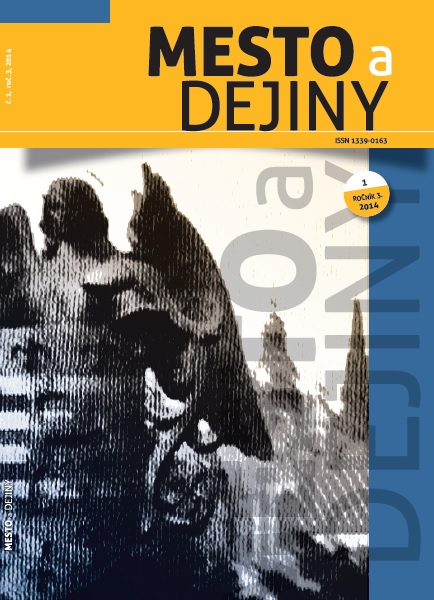
Market towns’ privileges and their system of self-government and administration were similar to the free royal cities. In the late 14th century, Miskolc doubled in size, besides the „Old Town“, the „New Town“ was first mentioned in 1376, with its own weekly fairs and administration, even with a separate parish. The parish church of the New Town, first mentioned in one of the Pope’s deeds in 1445, bore the name of the Holy Virgin Mary as its title. The fact that a cotters’ street or quarter came into being next to the church of the New Town indicates the independence of the New Town and its parish, similarly to the Old Town. The separation of the Old Town and the New Town was a medieval phenomenon, however the dual centres did not survive the Middle Ages, as Miskolc was burnt down by the Turkish troops in 1544. On the ruins of the former parish, a new baroque monastery of the Conventual Franciscans (Minorites) was built in 1720s, and a Minorite scribe made a small drawing in the protocol of the convent showing the outline of the medieval church.
More...
Between Moravia and Prussia there was an important medieval route passing through the economic and political centres (Olomouc, Opava, Raciborz, Krakow and Torun). A very important medieval route existed between Moravia and Prussia, connecting the economic and political centres (Olomouc, Opava, Raciborz, Krakow and Torun). Situation on this road made it possible to research the continuous material and ideological transfer, the existence of which is evident from the archaeological finds in Opava region. We have compiled three thematic groups of artefacts which include utility ceramics, numismatic material, and sacral artefacts used by pilgrims. Within the identified system, various groups of travellers including merchants, artisans, diplomats and pilgrims can be detected.
More...
According to the charter issued by Andrew, Bishop of Eger, the Košice burghers were exempted from jurisdiction of Archdeacon of Abaujvár in 1290. Circumstances connected to its origin and then comparison with other charters containing similar privilege seem to be essential factors leading to better understanding of the source. Hereby a very detailed analysis of the text might say more to explain its meaning. Therefore, the cognoscible context of exemptions with the examination of circumstances leading to the issuance of the charter in 1290, along with consideration of the words written in the text, encourage the opinion that the burghers of Košice had been exempted from jurisdiction of Abaujvár´s Archdeacon even before. The Bishop´s charter seems to be only a confirmation of the right allowed earlier, which was a common phenomenon in the towns (or in the communities of guests) of the Hungarian Kingdom.
More...
This study presents a biography of one of the burgherois origin officials – Marek Walticher. He was a son of a merchant born in Pressburg. Marek Walticher came from vicinity of Pressburg Catholic patricians, mainly through his mother‘s family. Marek Walticher´s career had three periods. Initially he was employed in the Hungarian Chamber. Later he moved to the Mikuláš Esterhazy palatine barnyard, where he worked as his accountant and then he worked in important position of palatine office clerk. On the top of his career he worked as a main royal customs officer in Magyaróvár and he was appointed by monarch as a royal counselor. The study also presents detailed genealogical analysis of his family and social contacts of his wider kinship.
More...
The study deals with suburban churches and hospitals in medieval Košice. Author evaluates historiography published on this topic and presents results of detailed research of town books and tax registers. The aim of contribution consists of characterizing of the development, i.e. origins and cessation of the buildings, their approximate geographical location as well as the position in the church administration of Košice. The existence of three churches and two hospitals surrounding the walled town has been proved by the research. The main and also the oldest hospital with a church had patrocinium of the Holy Spirit. It laid in front of the Lower Gate on south. As the second one, the church of St. Ladislaus was erected in the northern suburb. The last such objects built here in the Middle Ages were leprosarium and church of St. Leonard on the west side. In addition to this, there was constructed one more church in the town´s cadaster, staying in the village of Košická Nová Ves.
More...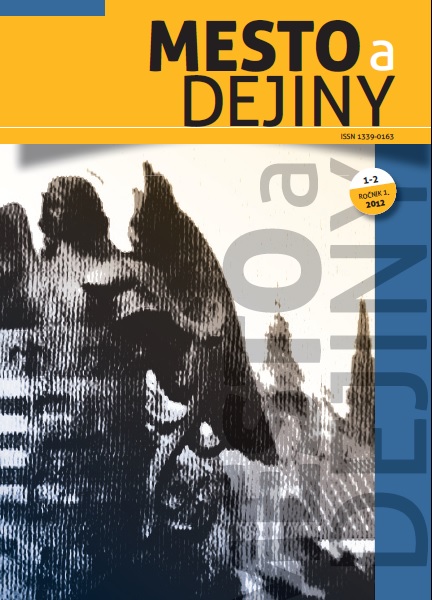
The paper deals with issues pertaining to the relations and communication between the representatives of the town administrations in Košice, Bardejov and Prešov in the 15th century. The reflection of these relations may be found in correspondence preserved in the archives of these towns. These documents have made the author to note that mutual cooperation was developed among the towns, especially in the field of the town diplomacy by sending common town delegates to the Royal court and high dignitaries of the Kingdom and to the common consultations of the towns. Military aff airs and espionage were another area of cooperation between the towns. If the towns were not directly threatened, in many areas (economy, trade) they acted like rivals. One example is the cause between Bardejov and Prešov because of bleaching linen, lasting for the whole 15th century.
More...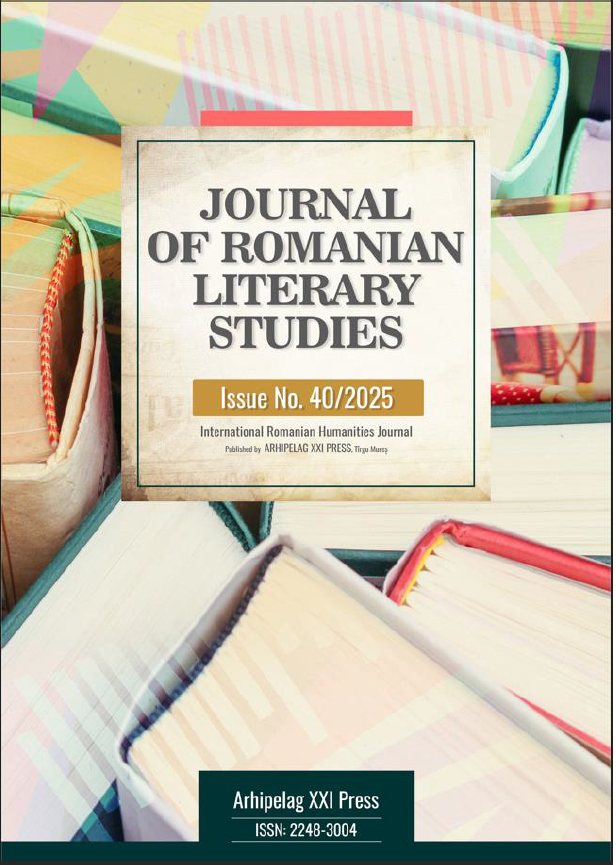
This paper analyzes the ethos in two distinct speeches by the renowned orator Nicolae Iorga. The first speech, titled “Discurs la proiectul de lege pentru completarea unor dispoziții la legea învățământului universitar” and the second, “Despre conflictul cu prof. univ. C.C. Giurescu”, serve as the corpus for this study. The research aims to observe how ethos is constructed in these discourses and how Iorga capitalizes on his multiple identities to persuade his audience. By applying theoretical concepts related to ethos, the study compares the ways in which authority is built in both texts, highlighting their similarities and differences. Through a pragmatic and comparative approach, the study demonstrates how Iorga employs rhetorical and linguistic strategies to shape his self-image as an authoritative figure. The analysis reveals that his ethos construction varies depending on the nature of the discourse—legislative versus polemical—and the argumentative stakes of each speech. In both cases, Iorga’s ability to influence his audience is rooted in his intellectual prestige, political status, and strategic use of identity positioning.
More...
The culture of the Banat minorities is strongly reflected in the radio shows dedicated to them by promoting the traditions, language and values specific to each community. Radio Timișoara and Radio Reșița broadcast programs in German, Hungarian, Serbian, Slovak, Czech, Bulgarian, Ukrainian and Romanian, offering listeners cultural information, news, interviews with community representatives, traditional music and accounts of important ethnic events. These programs contribute to preserving the cultural identity of minorities and strengthening intercultural dialogue in Banat, a region with rich ethnic and historical diversity.
More...
The precedential authority, be it vertical or horizontal, must be respected as a norm to guarantee stability, fairness, and predictability of the law and the way it is perceived by the general public. Rupert Cross explains the precedent in terms of binding: “a court is bound to follow any case decided by a court above it and appellate courts (other than the House of Lords) are bound by their previous decisions”2. This very definition and its consequential approach was cited in the case of Willers v Gubay, the precedent being acknowledged as “fundamental” to maintaining “coherence, clarity and predictability”3 meant to avoid anarchy. Duxbury describes the procedure of following the precedent as establishing “an analogy between one instance and another”4 because decision-making seems to be a kind of analogical reasoning. At the same time, the act of following the precedent is perceived as a retrospective-looking gesture which can develop a “consequential”, rather “historical dimension”.
More...
Romanian-Croatian relations during 1941 were subjected to major pressures due to the permanent changes imposed by the war. The start of bilateral relations between the two states, Romanian and Croatian, had to overcome strong difficulties, but these were overcome through the care of the Romanian Legation in Croatia, which was established in May 1941. Although the Romanian diplomatic office constituted the first point of contact between the two capitals, the legation in Zagreb suffered numerous shortcomings, the cause of which was the absence of a strong interest in the Croatian state on the part of Romania and the modest or much delayed sums of money, which were directed from Bucharest for the functioning of the Romanian diplomatic mission opened in Zagreb.
More...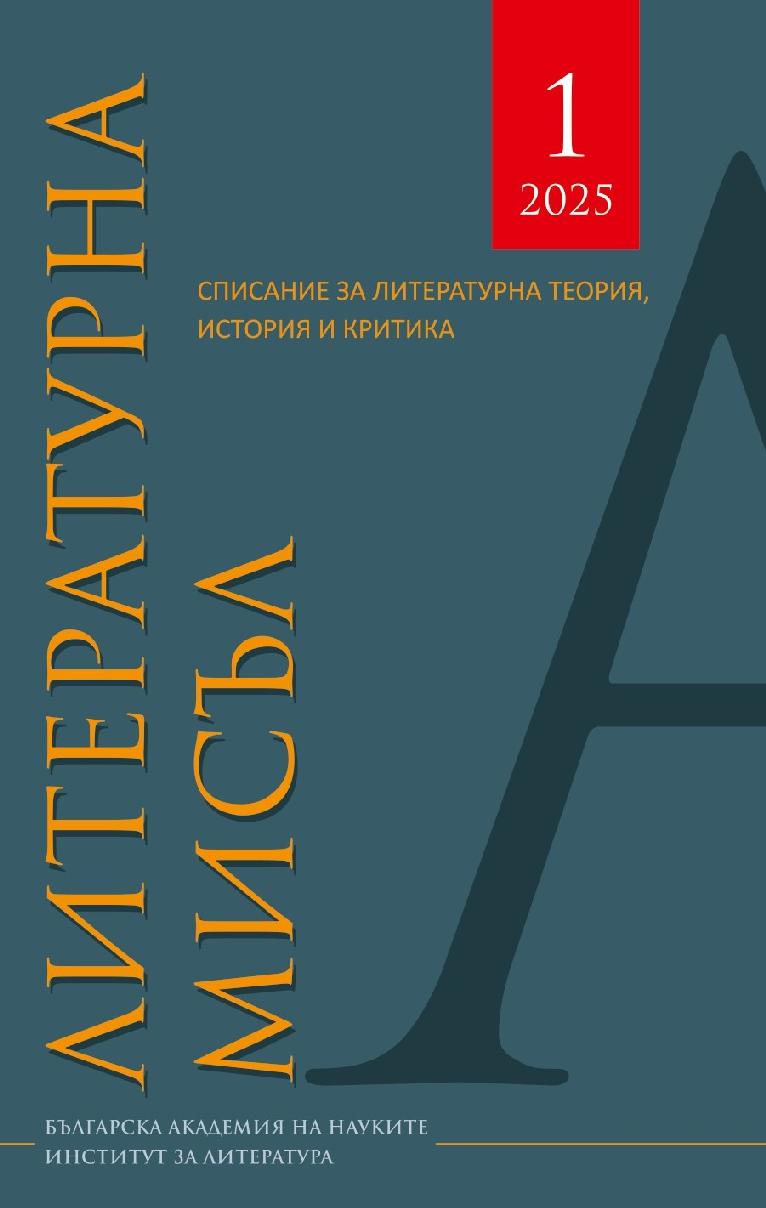
This study examines the shift in the prosecutorial strategy of Ernest Pinard in the cases against Gustave Flaubert (“Madame Bovary”) and Charles Baudelaire (“Les Fleurs du mal”), offering an interpretation that explores the ways in which legal professionals read literary works. Using examples such as the poet-detective Gabriel Syme, a character in G. K. Chesterton’s “The Man Who Was Thursday”, and the investigating monk William, a character in Umberto Eco’s “The Name of the Rose”, the article investigates potential connections between poetry and law. These connections create legal spaces where both laughter and music become possible. Particular attention is given to the relationship between text and music within the framework of court proceedings (the so-called “courtroom acoustics”) as well as in the formation of judicial practice (understood as a harmonious performance).
More...
“Shipwreck with a Witness: Music and Fascism in Thomas Bernhard’s “The Loser”” is an attempt to think the multifaceted relations between music as an art and practice, and fascism as a desire as well as a political, existential, aesthetic, etc. condition and phantasm. These relations are explored through a close reading of Thomas Bernhard’s novel “The Loser” which is a fictional account of a doomed friendship between Bernhard‘s unnamed narrator, a fictionalised version of Glenn Gould, the infamous piano virtuoso, and Wertheimer – a caricature of the equally infamous philosopher Ludwig Wittgenstein. It is through them that Bernhard addresses the problems of madness, desire for eternity and totality, the hatred of diversity and the Other, etc. By unpacking the dense logic and meaning of the above through ideas by Deleuze, Brassier, André Michels, etc., the text addresses the crucial figure of witnessing a transcendental trauma (fascism) qua event. Finally, the article engages with the theoretical and practical (ethical) importance of examining not just the relation between fascism and music but also the problem of the return of fascism within contemporary culture.
More...